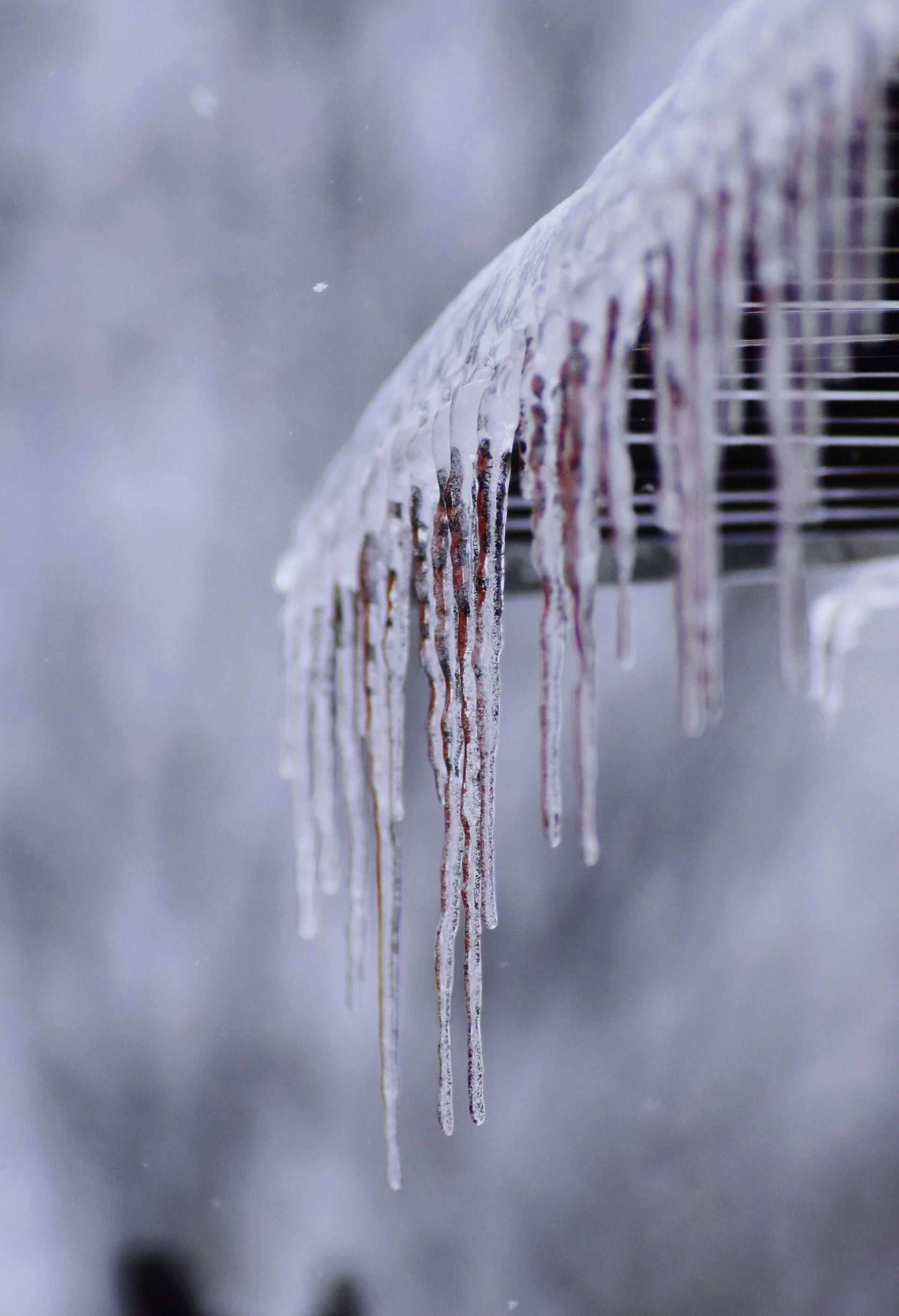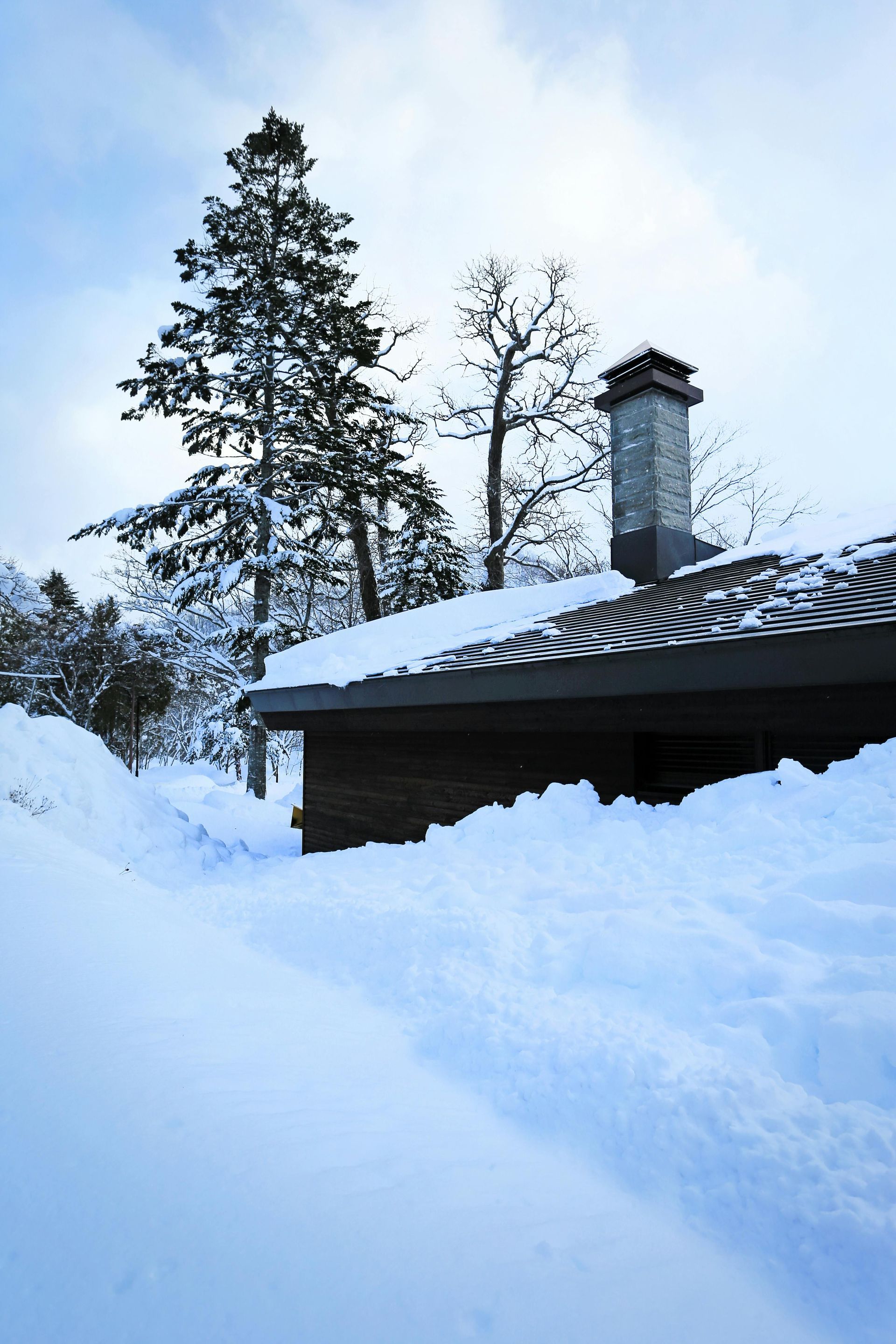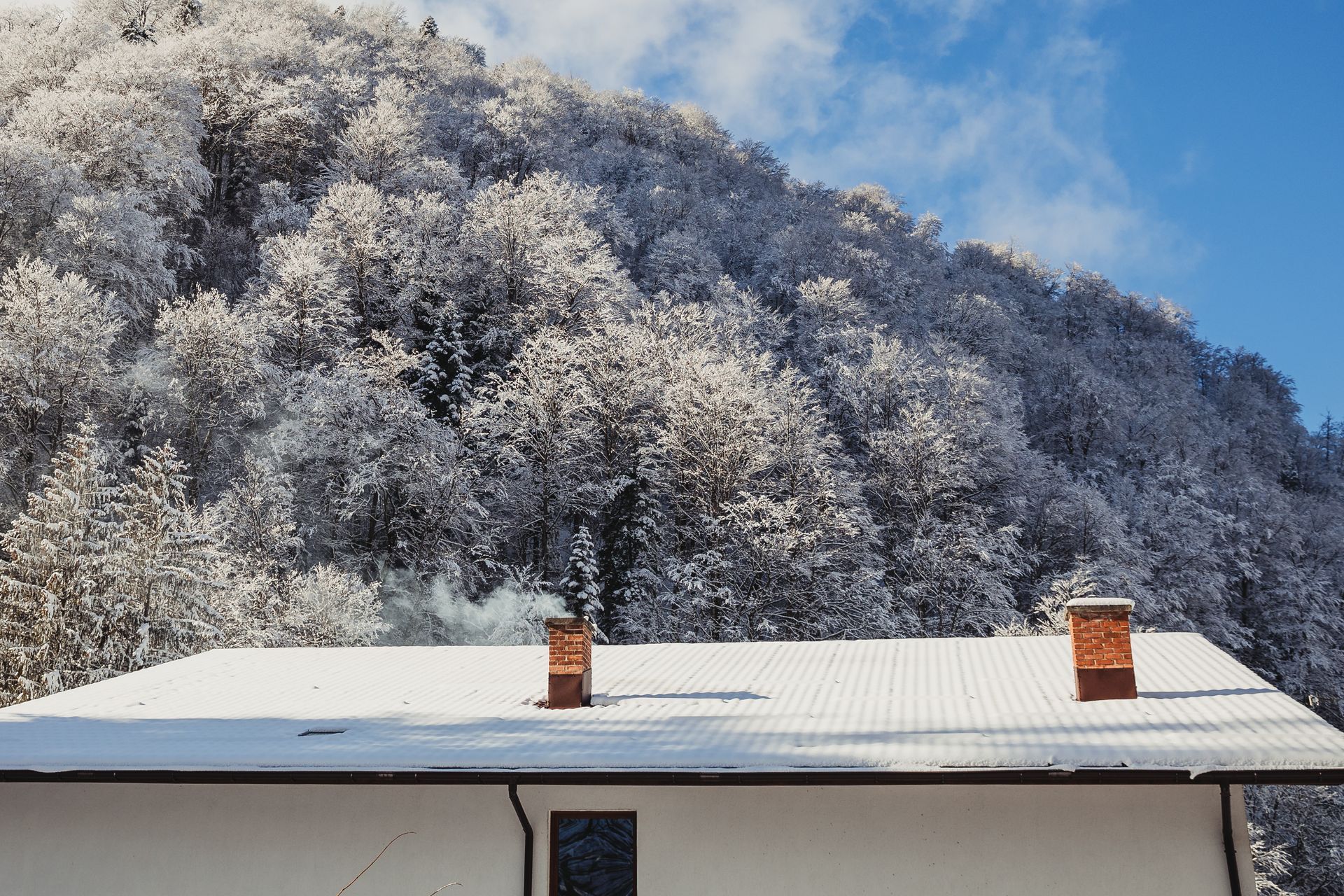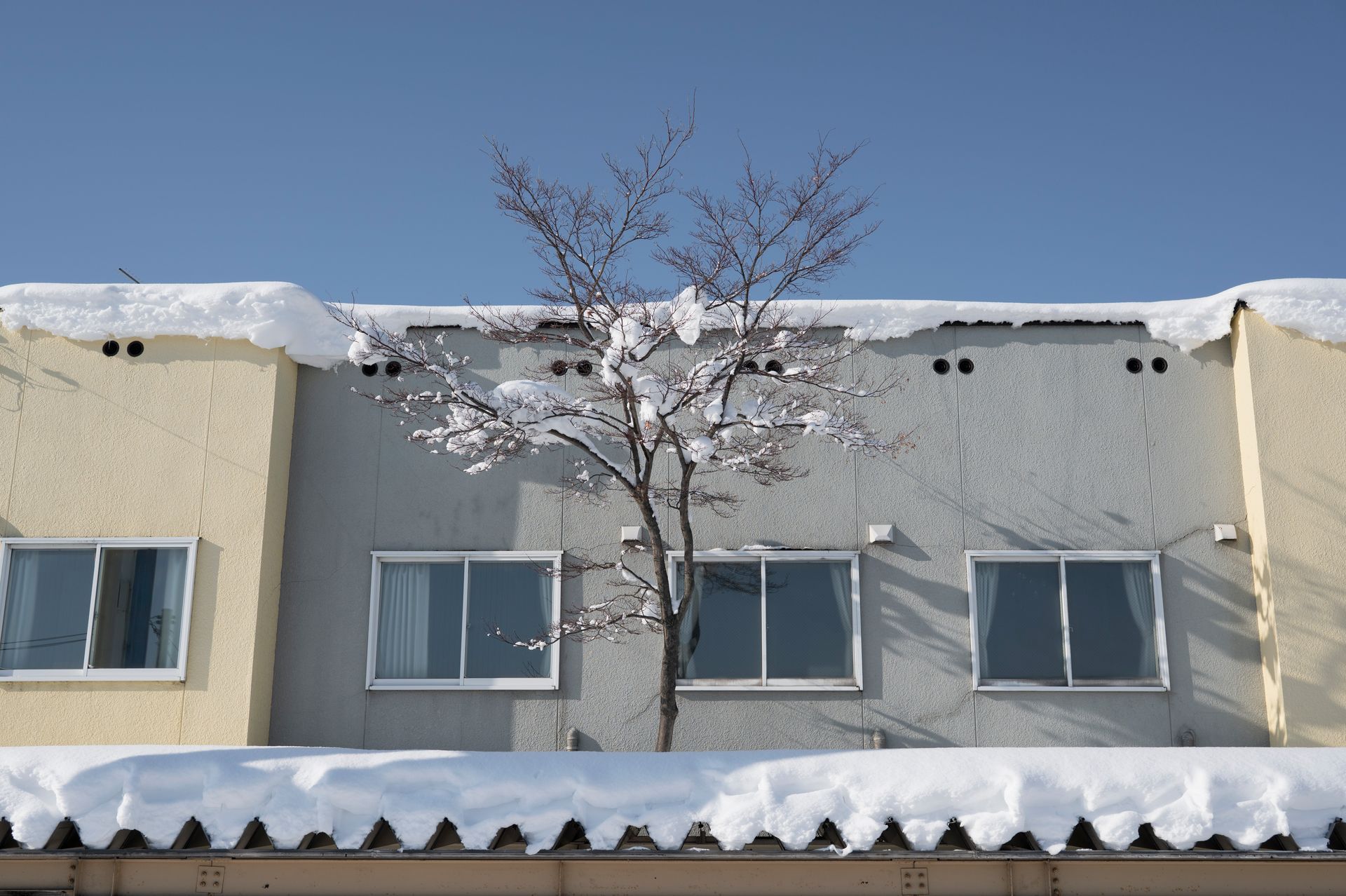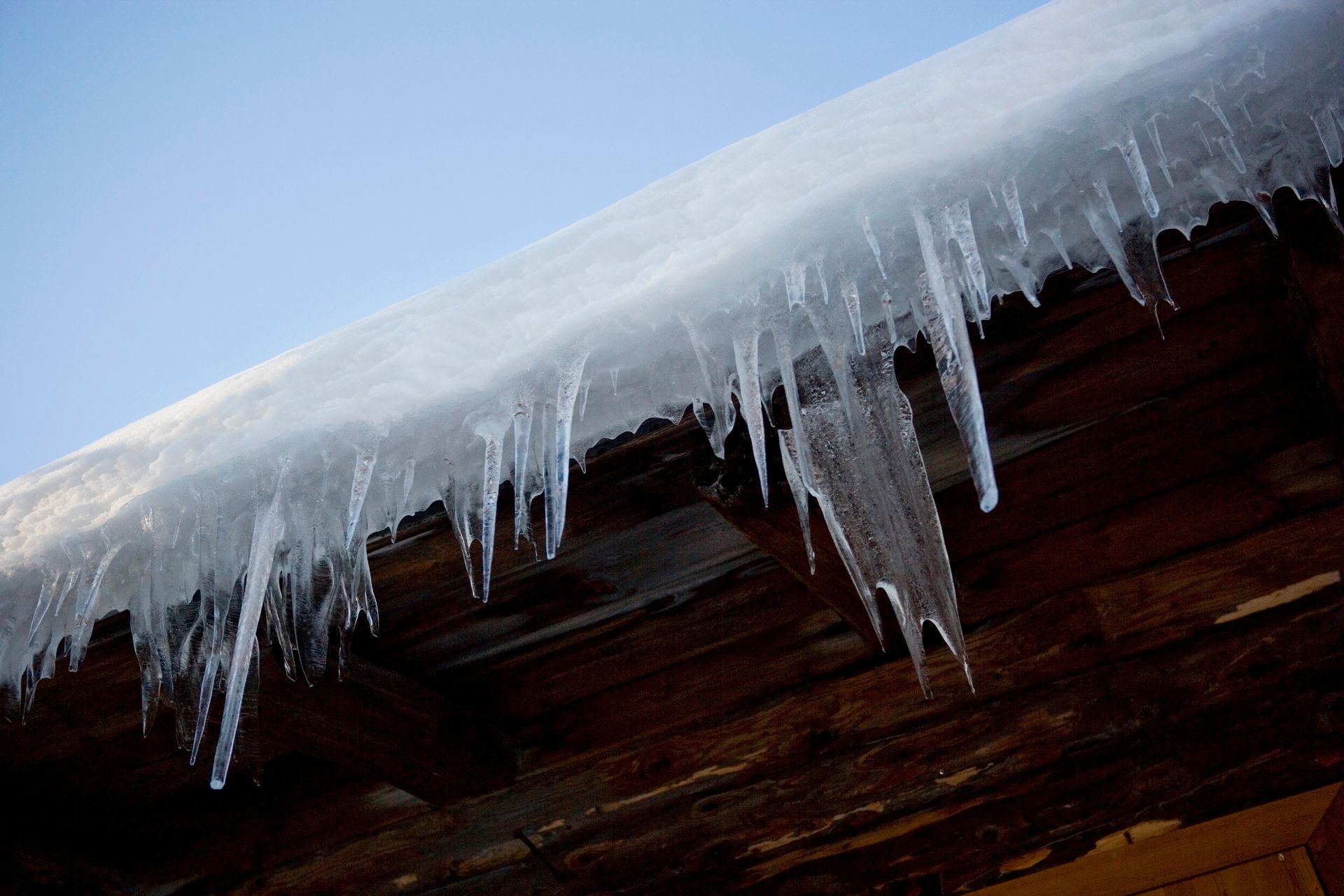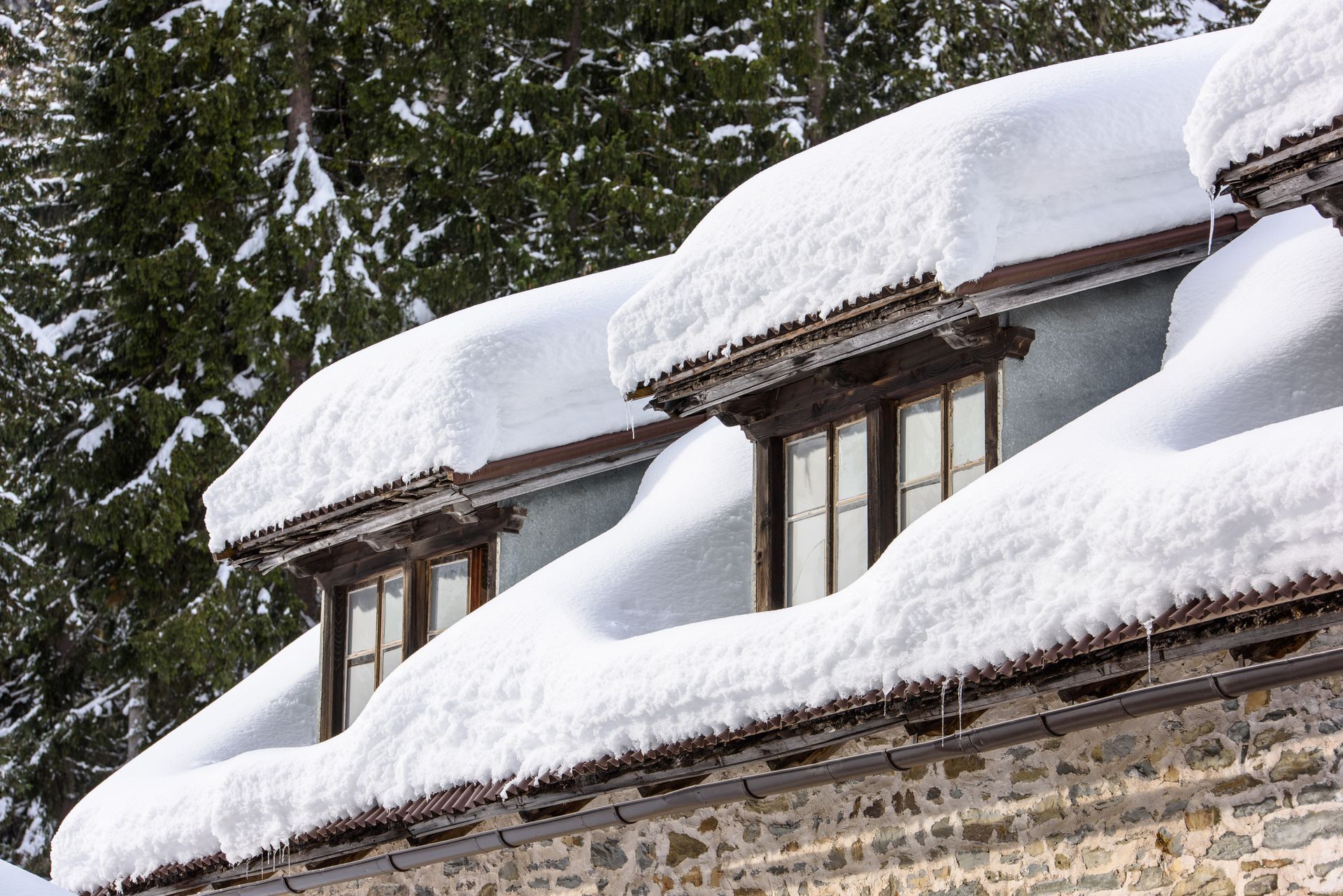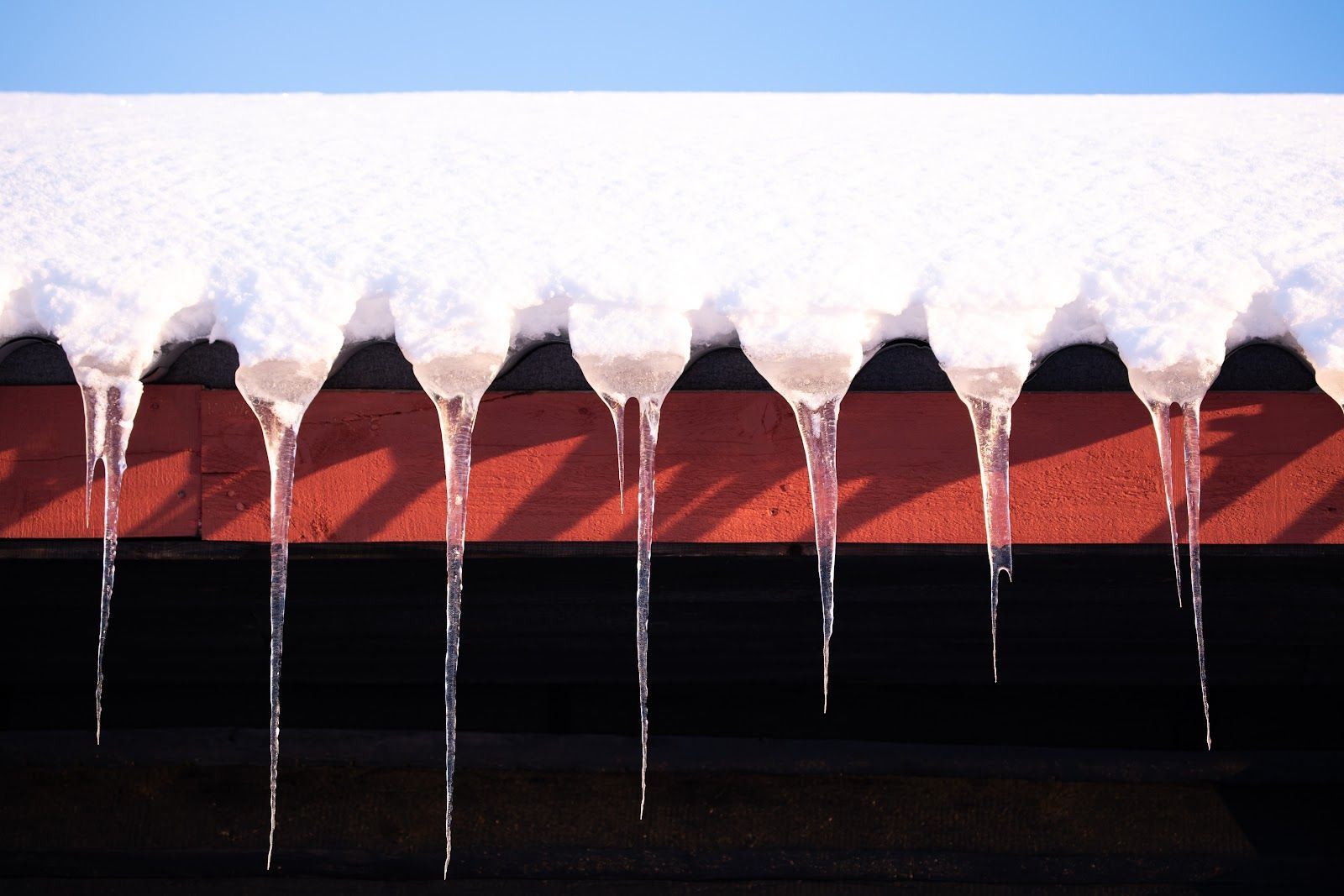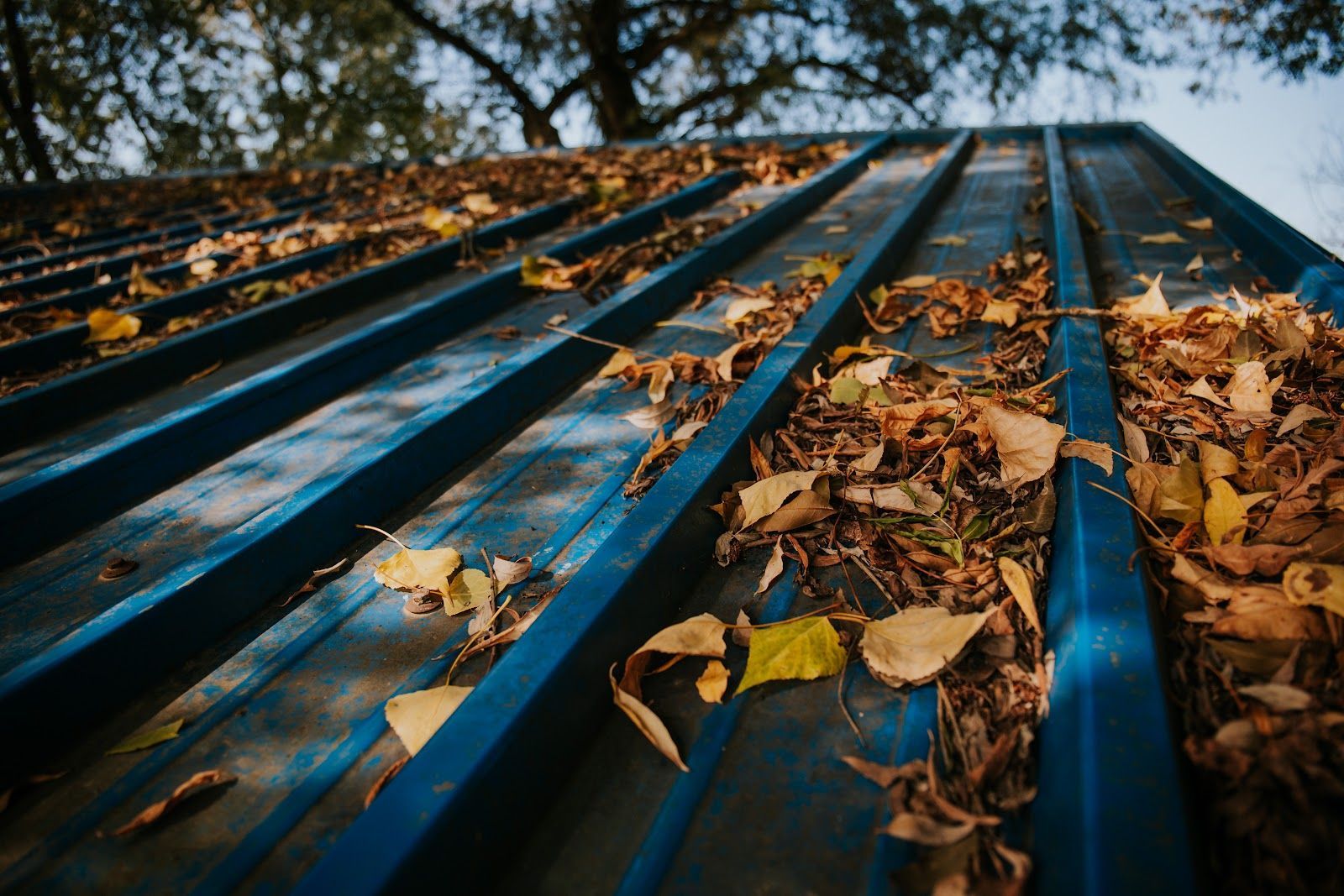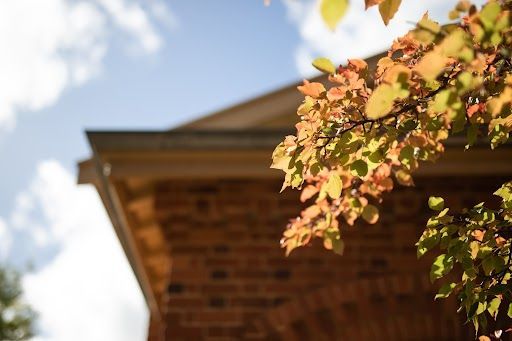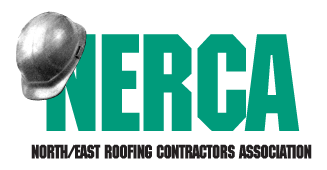How Different Types of Weather Affect Your Roof
Weather & Your Roof
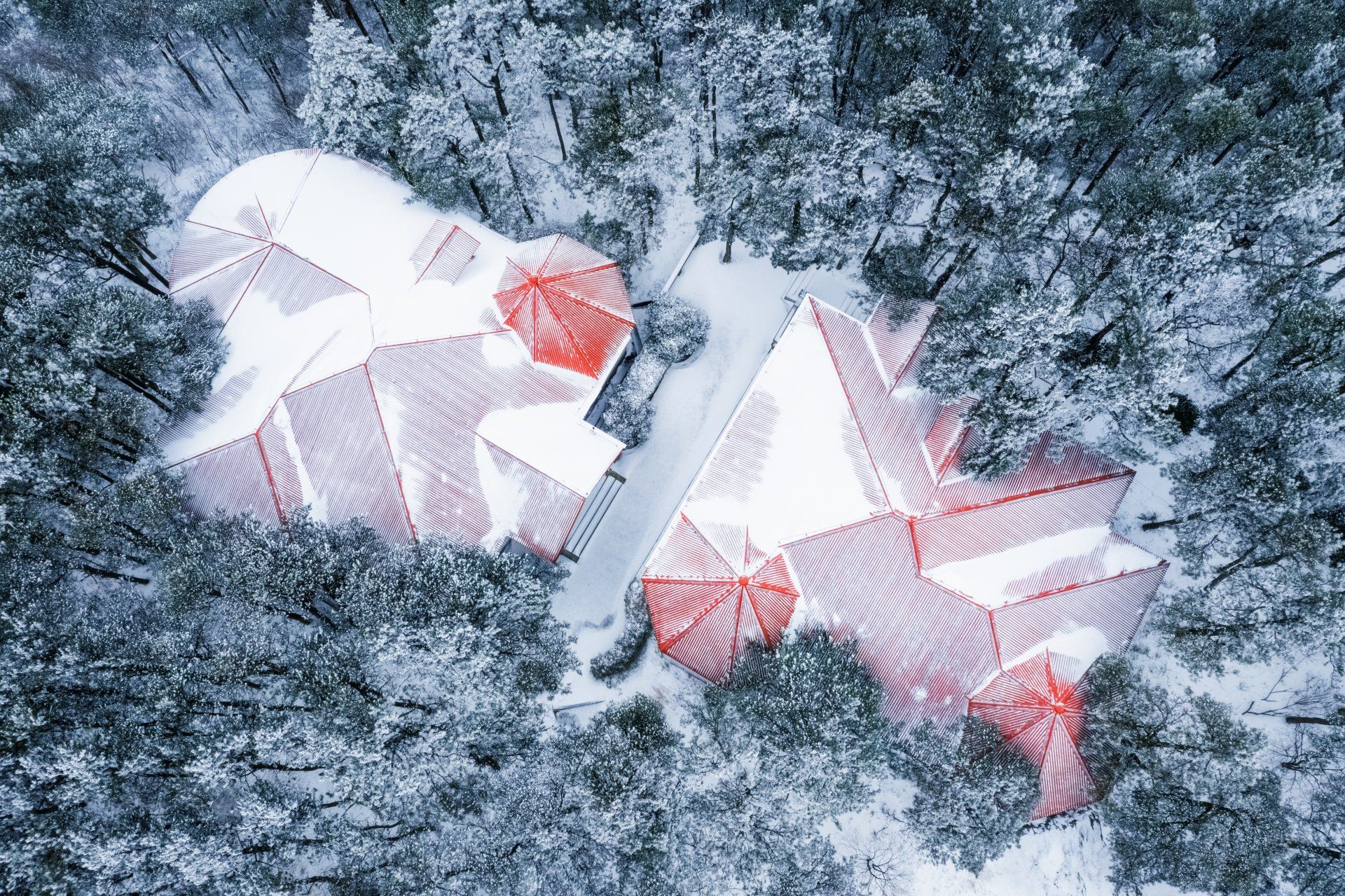
Your roof is the unsung hero of your home, diligently protecting you and your loved ones from the elements year-round. While we often take it for granted, this vital structure faces various weather challenges that can lead to wear and tear over time. In this blog post, we will explore how different types of weather can impact your roof and how proper maintenance and timely repairs can ensure its longevity. At Rodd Roofing, we understand the significance of a sturdy roof, and we're here to shed light on how weather can affect it.
Rain & Moisture
Rain is one of the most common weather elements your roof must endure. While modern roofing materials are designed to be waterproof, long-term exposure to heavy rains can take a toll on your roof's integrity. Water can find its way into small cracks, leading to leaks and water damage. If left unattended, these leaks can compromise the structural integrity of your home and promote the growth of harmful molds and mildews.
To mitigate the impact of rain, regular roof inspections and maintenance are crucial. This includes inspecting for damaged shingles, clearing debris from gutters, and ensuring proper attic ventilation to prevent moisture buildup.
Snow & Ice
For those living in colder climates, snow and ice are familiar adversaries to their roofs. The weight of accumulated snow can put immense stress on the roof structure, potentially leading to sagging or even collapse in extreme cases. Additionally, when snow melts and refreezes as ice, it can create ice dams, preventing proper drainage and causing water to seep under shingles.
To safeguard your roof during winter, ensure it is built to handle the expected snow loads for your area. Regularly remove snow and ice buildup from the roof, particularly around gutters and valleys. Proper insulation and ventilation in the attic can also help prevent ice dams from forming.
High Winds & Storms
Strong winds associated with storms can wreak havoc on your roof, especially if it's already weakened or has loose shingles. Wind can lift and tear off shingles, leaving your roof vulnerable to leaks and further damage.
Before storm season arrives, inspect your roof for loose or damaged shingles and have them repaired promptly. Additionally, consider investing in impact-resistant roofing materials that can better withstand high winds.
Sun & Heat
While sunshine and heat might seem harmless, they can also impact your roof over time. Prolonged exposure to the sun's UV rays can cause asphalt shingles to deteriorate, leading to cracking, curling, and fading. High temperatures can also accelerate the aging process of roofing materials, shortening their lifespan.
To protect your roof from the sun's harmful effects, opt for heat-reflective roofing materials that can reduce the absorption of heat. Regularly inspect your roof for signs of sun damage and address any issues promptly.
Your roof serves as a steadfast shield against Mother Nature's whims, enduring the forces of rain, snow, wind, and sun day in and day out. Understanding how different weather conditions can affect your roof empowers you to take proactive steps to protect it. Regular maintenance, timely repairs, and choosing the right roofing materials can significantly extend the life of your roof and ensure your home remains a safe and comfortable haven for years to come.
At Rodd Roofing, we are committed to providing top-quality roofing solutions and expert advice to help you weather any storm. Trust in our expertise to keep your roof strong, secure, and resilient against all types of weather conditions. Remember, a well-maintained roof is an investment in the future protection of your home and family.


